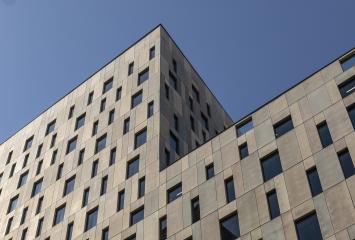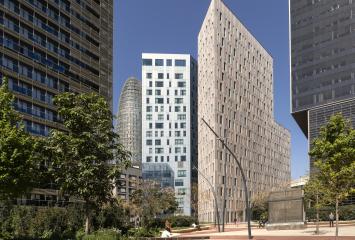BIM Methodology and its benefits for the construction industry
New technologies are able to facilitate all of the processes required for the construction of buildings. In particular, the BIM (Building Information Modeling) methodology makes it possible to create a collaborative way of working to design and manage a construction project. What is its main objective? To centralize all information of a project in a digital information model that is available to all users. In this week's post, we will introduce you to this methodology and its application and benefits for the construction sector.
What is it used for?
BIM methodology is used to create and manage data during the design, construction and operations process in order to make it easier and more responsive. Its technology integrates multidisciplinary data to create detailed digital representations that are managed in an open platform in the cloud, allowing collaboration between all agents in real time and from anywhere in the world.
What is the process?
The BIM process allows the generation of intelligent data that can be used during the entire lifetime of a building, including its previous development, the construction process and even subsequent remodeling. Some of these processes are detailed below:
- Planning: Allows the project planning team to combine data with reality capture tools to generate models in the context of the constructed and natural environment.
- Design: Conceptual design, analysis, detailing and documentation are developed in this phase. During this pre-construction process, BIM data is brought into play to guide the scheduling and logistics team.
- Construction: The fabrication team starts using BIM specifications. The project's construction logistics data is shared with professionals and contractors to ensure efficiency and delivery of materials within optimal timeframes.
- Operations: BIM data is transferred to the operations and maintenance team. This information can be used later for cost-effective rehabilitation or efficient demolishing of a building.
What are the benefits for the industry?
Through this methodology, teams can design and build more efficiently while capturing all of the data generated during the process. This is a great advantage for the operations and maintenance activities of the property. On the other hand, it provides greater visibility, better decision making and the option to be more sustainable and save on costs by controlling all processes and materials used.
Throughout the remodeling of Colonial's Diagonal 525 building, carried out by Sanzpont, this methodology has been used to streamline and facilitate the entire process.
Do you want to continue learning more about the advances of this methodology? Without a doubt, we will continue to talk about it in our blog.

